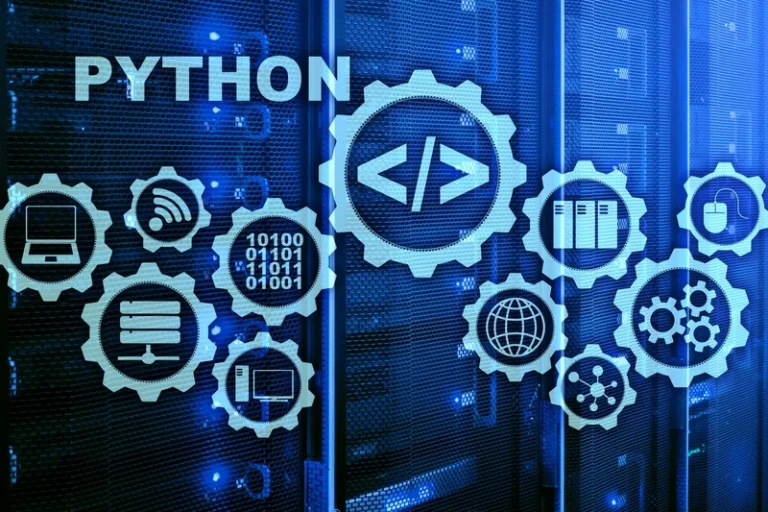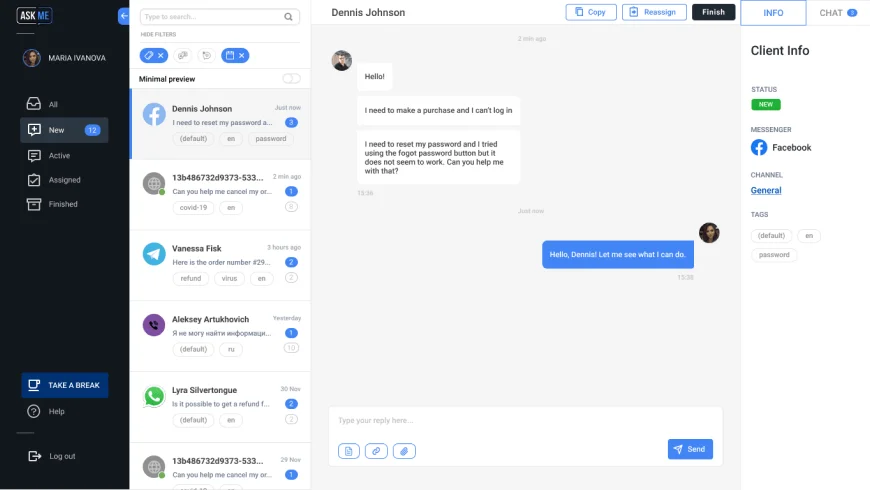10 2: Systems Development Life Cycle SDLC Model
Additionally, this framework ensures that the system is developed within the given time constraints and budget. Thanks to SDLC, the new system is implemented flawlessly in the current and future IT-infrastructure of a given company. An effective SDLC ensures that the to-be-developed system is high quality and meets the client’s expectations.

The detail design and development is responsible for producing the product, process and material specifications and may result in substantial changes to the development specification. One of the most important advantages of the waterfall model is simplicity—a team cannot go forward if the work on the previous stage is not completed. Thanks to that, it is simple to control and manage since each stage has a particular deadline and deliverables. However, the methodology would not work on long and more complex projects with high levels of uncertainty and changing requirements. As soon as the software is in the testing stage, it is almost impossible to go back and change some features that were not initially thought over.
STELLA: NASA’s DIY Educational Gadget for Measuring Plant Health
Phases 4 through 7 represent an iterative process whereby a prototypical ES is evolved, and the final prototype developed through these iterative phases is installed in an operating environment. The next section presents more detailed descriptions of each phase and discusses existing literature and findings in light of these phases. In the information systems domain, the terms SDLC and system life cycle are often used interchangeably. It has been suggested that information SDLC should not be confused with system (the delivered product) life cycle. The system life cycle begins when the SDLC delivers the final product, that is, when the implementation phase begins.
- The iterative lifecycle model starts with the implementation of a small set of new software requirements, and iteratively improves the evolving versions until the new system is fully implemented.
- By adding new steps, developers could define clearer and more effective actions to reach certain goals.
- These days, many people are successfully pivoting or switching their careers from education, the service industry, and more to coding and development.
- Customers in remote rural areas are finding difficulty to access the bank services.
Cloud computing is one example where trust and trustworthiness39 between cloud service providers (CSPs) and a federal agency is critical for the effective application of the NIST RMF. This might require documenting the risk information needed to address the trust requirements in contracts, service level agreements (SLAs), or other forms of legal agreements. SDLC is also an abbreviation for Synchronous Data Link Control and software development life cycle. Software development life cycle is a very similar process to systems development life cycle, but it focuses exclusively on the development life cycle of software.
Proper Testing Before Installation
Software testing must take place in a specialized testing environment and should test the full functionality of the system (the test environment). Those who undertake testing should be made aware of the need to observe confidentiality of the information used in the testing process. Effective control mechanisms shall be implemented to control multiple versions of software. Security mechanisms shall be independently tested and proved to work as claimed in system documentation. The Forensic Laboratory does not perform development or modification on purchased software packages.

Each of the testing steps in the development/configuration phase is tested against a step in the design phase. This ensures that the objective of the system is met and that it is fit for purpose. Most solution providers use the waterfall life cycle approach for software solution development. The waterfall approach (refer Figure 14.3) helps to understand the extent of the residual risks and allows one to work conscientiously toward reducing those risks.
Expert Systems Construction
In the 1960s, mainframe computers hit the consumer market, and living rooms came to be filled with large systems. All three of these methods are popular since they allow for extensive iteration and bug testing before a product is integrated with greater source code or delivered to market. SDLCs can also be more specifically used by systems analysts as they develop and later implement a new information system. Developers will follow any coding guidelines as defined by the organization and utilize different tools such as compilers, debuggers, and interpreters. By developing an effective outline for the upcoming development cycle, they’ll theoretically catch problems before they affect development.

If the software is in-house, it may mean implementing the change management process to ensure user training and acceptance. In order to understand the concept of system development life cycle, we must first define a system. A system is any information technology component – hardware, software, or a combination of the two. Each system goes through a development life cycle from initial planning through to disposition. The software development lifecycle addresses only the development and testing of software components. On the other hand, system development is a broader superset involving the setup and management of the software, hardware, people, and processes that can make up a system.
NASA Completes Key Step in Aviation Safety Research
For example, testing may involve a defined number of end users and use case scenarios in order to be deemed successful, and maintenance may include quarterly, mandatory system upgrades. This step involves decomposing the system into pieces, analyzing project goals, breaking down what needs to be created, and engaging users to define requirements. Object-oriented analysis and design (OOAD) is the process of analyzing a problem domain to develop a conceptual model that can then be used to guide development.

In some cases, this phase can be the most expensive during the software development life cycle. SDLC products from software vendors promise organizational clarity, modern process development procedures, legacy application strategies, and improved security features. Vendors such as Oracle, Airbrake, and Veracode provide software development solutions in their complete enterprise software offerings.
Systems Development Life Cycle (SDLC) Model
Software development is a broad topic, and it can cover everything from web design tools and online forms to more robust machine learning or back-end systems. Whether your team is involved in writing code in the browser or doing more robust embedded system definition development, they need a roadmap. Regardless of which software development methodology is chosen, they follow the basic stages creating any digital product. System development life cycles are typically used when developing IT projects.
Many of these vendors also have a strong focus on identifying and de-bugging systems that may support the process of testing in software development life cycles. In many cases, SDLC teams utilize a variety of software solutions to support the varying stages. For example, requirements may be gathered, tracked and managed in one solution while testing use cases may take place in a completely different solution. Phase 7 of the systems development life cycle assesses and ensures that the system does not become obsolete. Aligning the development team and the security team is a best practice that ensures security measures are built into the various phases of the system development life cycle. In addition, governance and regulations have found their way into technology, and stringent requirements for data integrity impact the team developing technology systems.
What Were the 5 Original Phases of System Development Life Cycle?
Conceptually, the design flows from one phase down to the next, like that of a waterfall. During this step, current priorities that would be affected and how they should be handled are considered. A feasibility study determines whether creating a new or improved system is appropriate. This helps to estimate costs, benefits, resource requirements, and specific user needs. Relevant questions include whether the newly implemented system meets requirements and achieves project goals, whether the system is usable, reliable/available, properly scaled and fault-tolerant. Process checks include review of timelines and expenses, as well as user acceptance.
In this guide, we’ll look at the different stages of the SDLC, why it’s important, and how it’s used by organizations. We’ll also explain some best practices that can help you get the most from your SDLC efforts. SDLC done right can allow the highest level of management control and documentation.
Stage 4: Develop the code.
For example, in the cascade or V-model, the system analysis and requirements phase are fixed in the SRS document, the design of which should be completed before moving to the next stage. Although the system development life cycle is a project management model in the broad sense, six more specific methodologies can be leveraged to achieve specific results or provide the greater SDLC with different attributes. Interested in the phases of the systems development life cycle (SDLC)?

Deja una respuesta